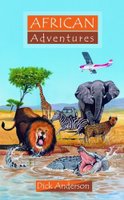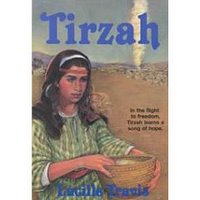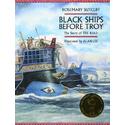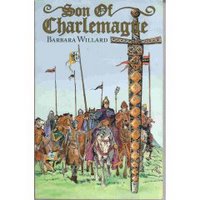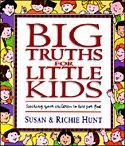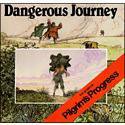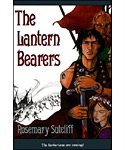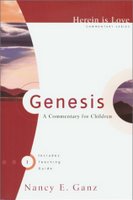Bedtime With My Boys

‘Bedtime With My Boys’
One of my favorite times is bedtime with my boys,
When we turn aside from the day’s busyness and noise.
We linger then together to read, talk and ponder
Over the Bible, stories, the day and wherever our minds might wander.
In this time more than any other of the day
Little hearts and minds open up, and I long to hear what they have to say
Of joys and fear, wonders and dreams
Of the way that life to each of them seems.
I see which of my lessons have sunk in well
And what views of life are beginning to gel.
Errors and almost truths oft expressed,
Can here be gently corrected and shaped to what’s best.
Truths and proper conclusions are stated as well,
Causing my soul to rejoice and my chest to swell.
Oh, what joy can be sweeter than from one’s offspring to hear,
Free, unprompted affirmation of truths you hold dear,
Assertions of warm-hearted orthodoxy
Aspirations of courage and nobility
Longing a good and godly man to be.
Yes, bedtime with my boys is a time I hold dear,
More and more precious with each passing year.
Lord, bless our discussions which go on each night
That well in the future they may grant my boys light
To walk in the path and keep to the straight way
And may they linger with their boys at bedtime someday.
“My son, keep my words, And treasure my commandments within you.” (Prov. 7:1)
“Listen, my son, and be wise, And direct your heart in the way” (Prov. 23:19)
“Be wise, my son, and make my heart glad” (Prov. 27:11)
“My son, if your heart is wise, My own heart also will be glad; And my inmost being will rejoice, When your lips speak what is right.” (Prov. 23:15-16)
- RVN, 5/15/03
